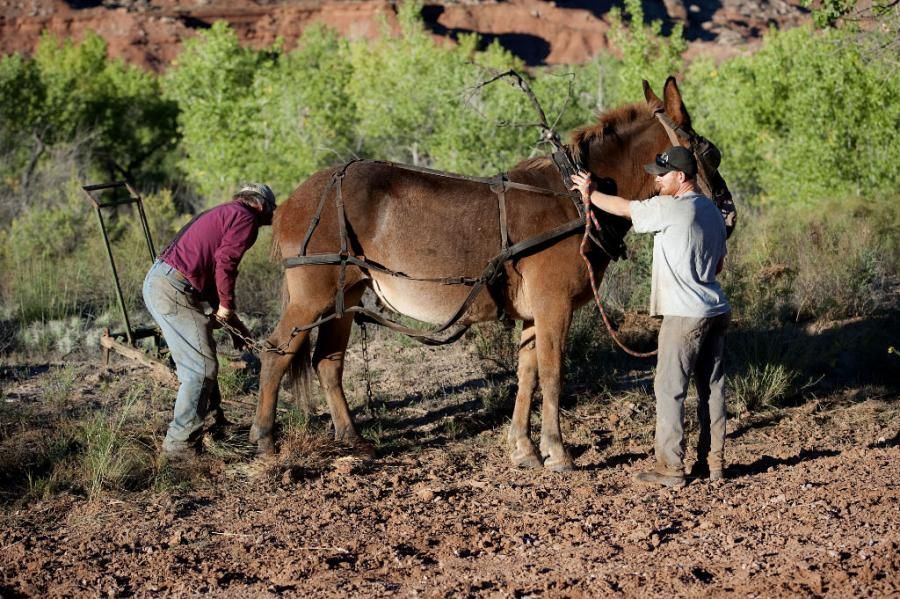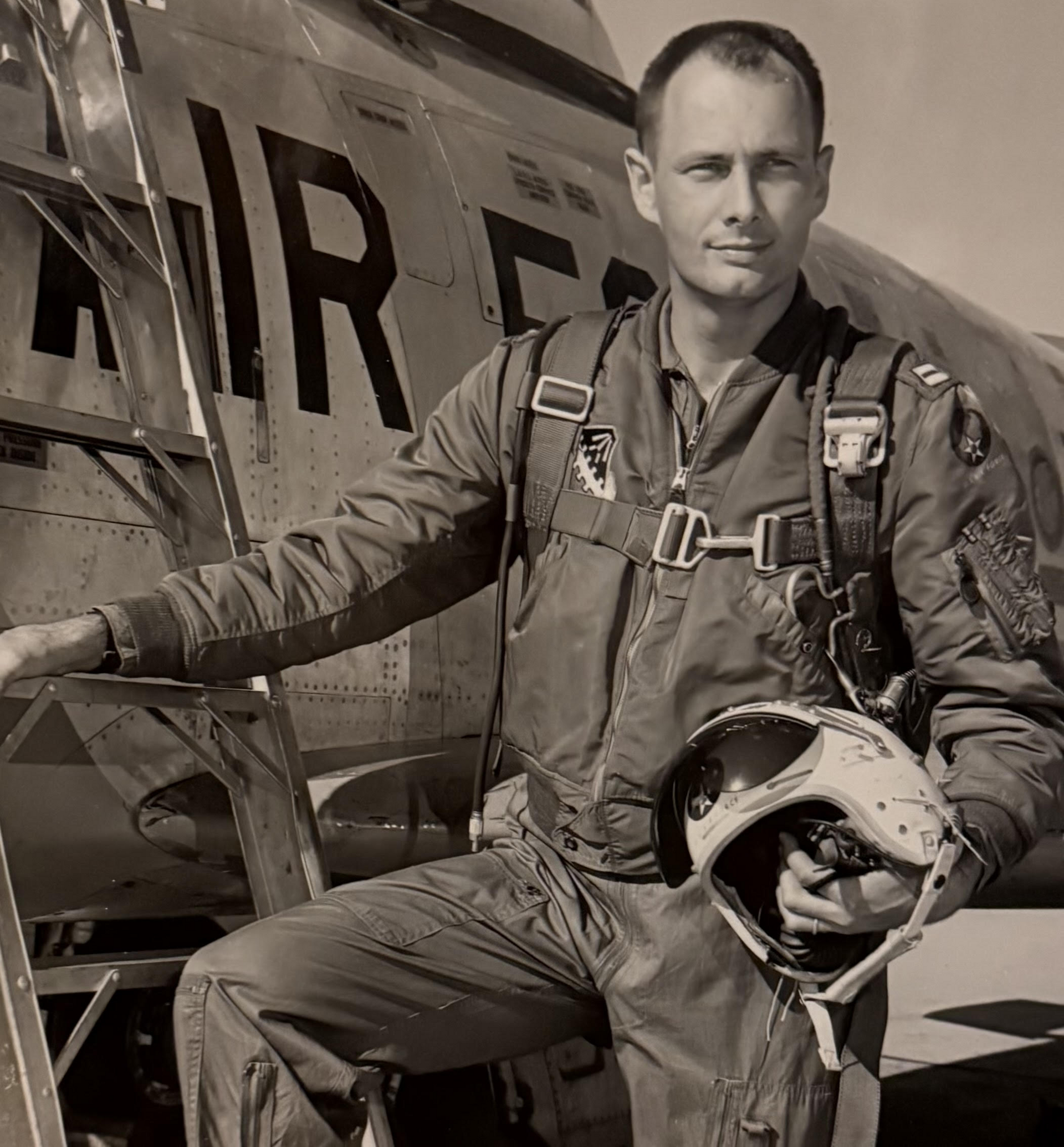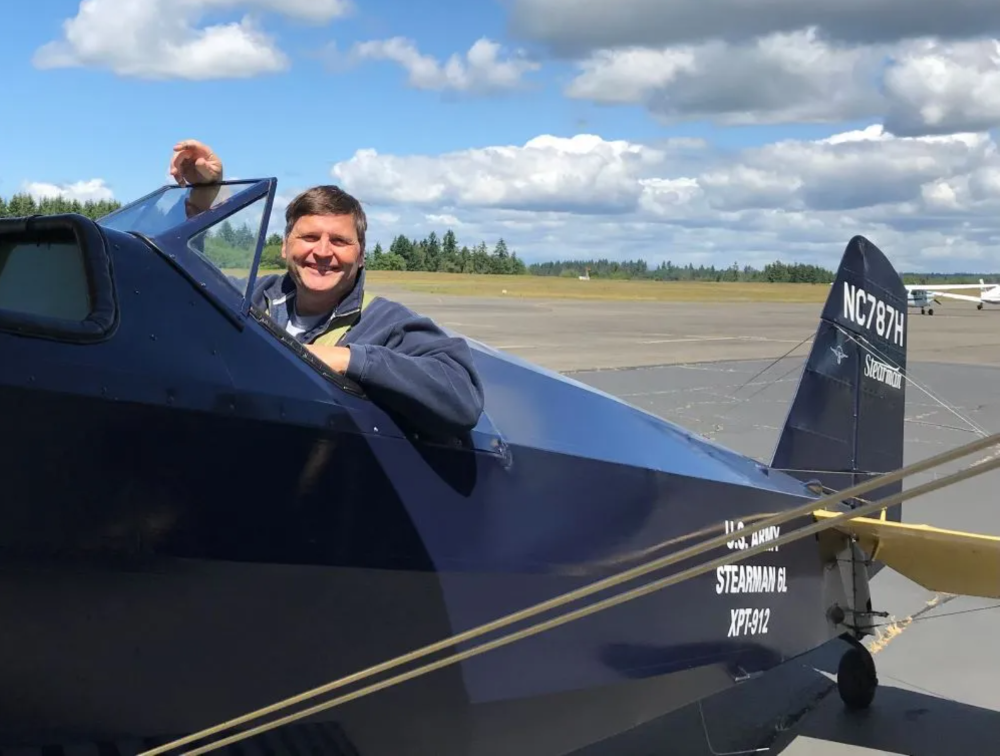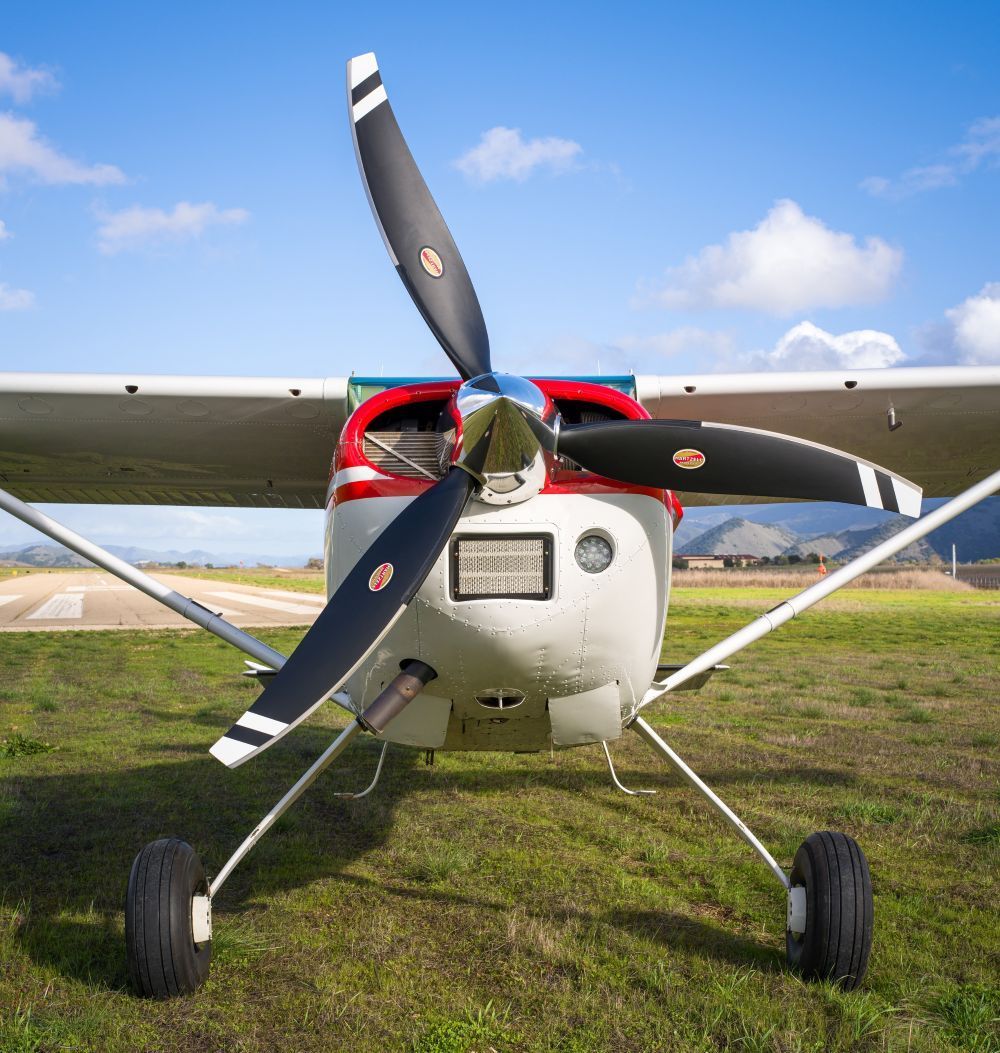This is a plan where the citizens proposed that this airstrip is an important resource for pilots who come from all over the country to land at this runway, campout and enjoy the scenery. Automobiles and other vehicles are kept away at the trailhead. “We proposed to the BLM that we have to make the runway safer for pilots. Over the years the Back Country Pilots Association has built up a budget for this project. The project has gone through the required processes. The BLM wrote an environmental assessment. The proposal has gone through the public scrutiny of hearings and comment periods and finally the BLM said you could move forward with this project. They also said do not do anymore than you said you would do” said Durtschi.
MEXICAN MOUNTAIN AIRSTRIP LIKE NEW
The Mexican Mountain back country air strip over the years has grown in with weeds and debris. The Back Country Pilots Association with the help and support of the Recreational Aviation Foundation started a project to make repairs to the strip. Steve Durtschi, President of the Back County Pilots Association and RAF Utah state liaison hired Bonner Brumley and his crew to work on the Mexican Mountain Airstrip repair project. Durtschi, three years ago started working to get permission from the BLM to repair the Mexican Mountain airstrip and make it safer for pilots landing there.
The Brumley crew traveled to the trailhead three and half miles from the Mexican Mountain Airstrip on Sept. 20. There the crew unloaded equipment, sorted out their equipment and made up heavy packs that were then loaded on the mules for a short journey to the airstrip. They camped and worked at the airstrip for 10 days. The Brumley crew is made up of Professional Trail Builders. Bonner Brumley, Tyler Bransford and Tagge Viter of White Bird Idaho arrived Friday evening September 19 at the Huntington Airport pulling a horse trailer hauling two mules, two Airedale dogs along with a pickup load of camping gear and trail construction equipment to restore the Mexican Mountain Airstrip.

Bonner Brumley said he and his crew usually work for the US Forest Service and the Bureau of Land Management in Idaho and Montana building and repairing Wilderness trails.
The reason mule drawn equipment was used for this project is because the airstrip is in the Mexican Mountain Wilderness Study Area. The mules were used not only as pack animals but they pulled the equipment to plow up and smooth the soil of the airstrip
The big Belgian mule Ellie was used to pull an implement known as a Trail Ace (developed by Bonner Brumley) to break up mountain soil. Other parts of the runway material had to be broken up with a pick and shovel before it could be moved around. The dirt was generally moved from place by members of the crew carrying two buckets filled with dirt suspended from a wooden yoke across their shoulders. The men also used grubbing hoes, mattocks and their hands to remove tamarisk and other shrubs from the runway.
Durtschi said Wilderness Study Areas are part of the Federal Land Policy Management Act of 1976. This little airstrip was built in 1975 and predates that law and is allowed to continue to exist. There is no road to the airstrip. The nearest road is three and a half miles away. The Wilderness Study area is being managed as if it was wilderness and is controlled by wilderness guidelines and work ethics. Bonner Brumley’s specialty is working in wilderness areas.
Bonner estimated they moved the equivalent of six to eight dump truck loads of material. This was all accomplished with two mules and three men.
The work of restoring the runway was similar to a two-foot wide trail 20,000 feet long. Or like two miles of trail two foot wide. He also estimated they leveled out about 20,000 square feet of surface removing the lumps that would ruin an airplane. Part of that restoration was to repair 500 foot of the airstrip that had gone back to nature with shrub like vegetation.
Lee Jeffs of Castle Dale was on hand to offer horses for carrying people and supplies from the trailhead to the airstrip. A week or two before this event Jeffs took Durtschi, Brumley and Leon Defreiz to the airstrip using horses. There they were able to review what was going to be needed. Durtschi reported he and his wife Cathy flew down on Friday morning to the Mexican Mountain Airstrip.
Submitted on October 27, 2014.
Posted in News
Recent Posts







